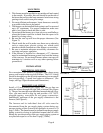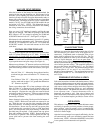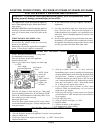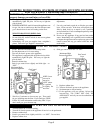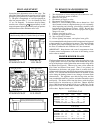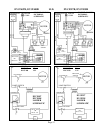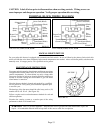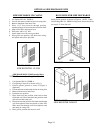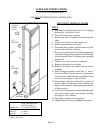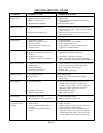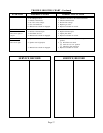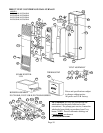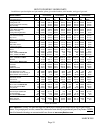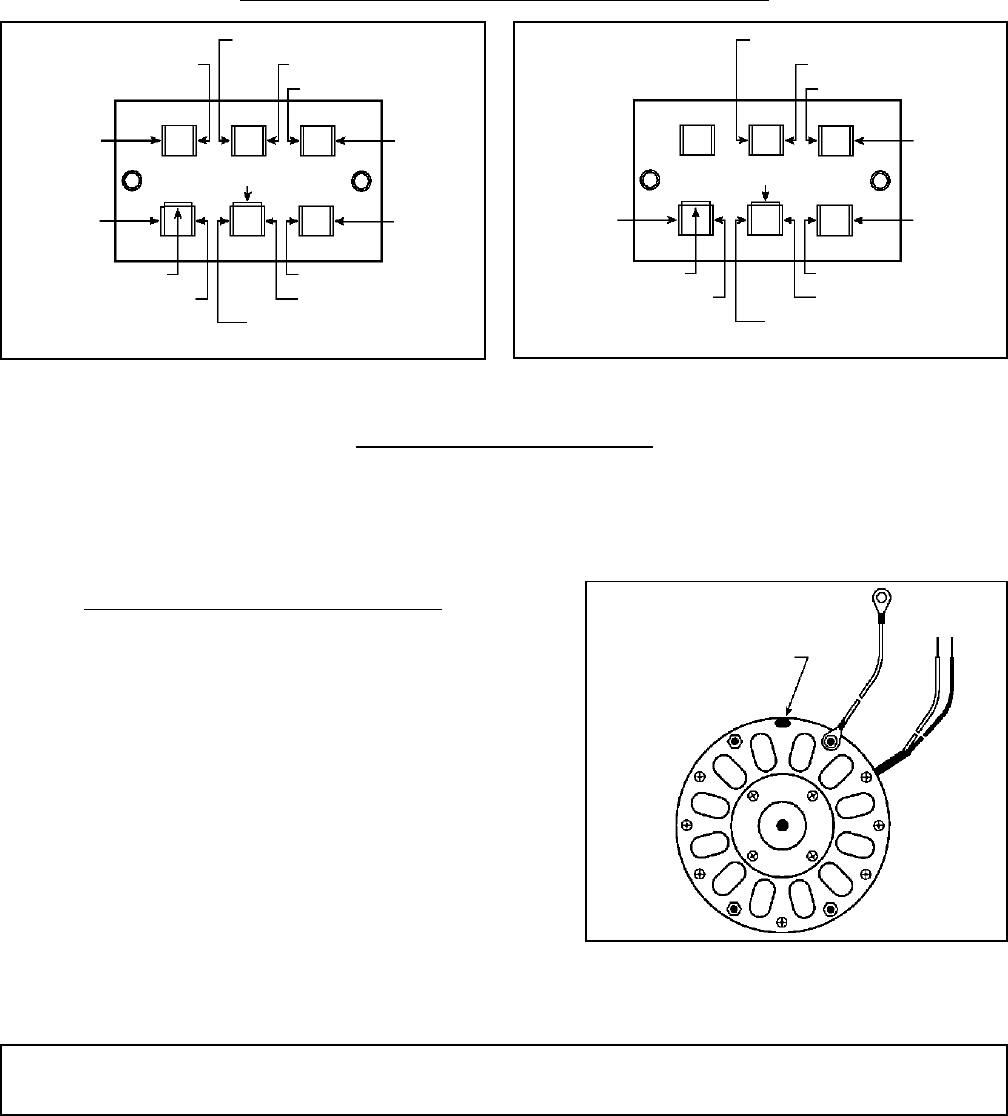
CAUTION: Label all wires prior to disconnection when servicing controls. Wiring errors can
cause improper and dangerous operation. Verify proper operation after servicing.
TERMINAL BLOCK WIRING DIAGRAM
Fan/Limit Switch (Brown)
Power Cord (Black)
Transformer (Black)
Selector Switch
(Red)
Motor
(Red)
Power Cord
(Green)
Terminal Board
Ground (Green)
Motor
(Green)
Power Cord (White)
Limit
Switch
(Blue)
Selector
Switch
(Black)
Motor (Black)
Transformer (Black)
MOTOR (White)
P/N 91123
DVCF557B, 558B, 653B, 654B
Power Cord
(Green)
Terminal Board
Ground (Green)
Motor
(Green)
Power Cord (White)
Transformer (Black)
Motor (Black)
Fan
Switch
(Black)
Limit
Switch
(Blue)
Transformer (Black)
Power Cord (Black)
Fan/Limit Switch (Brown)
P/N 91122
DVCF403B, 404B, 407B, 408B
MOTOR (White)
MAINTENANCE INSTRUCTION
For proper and safe operation, keep furnace and furnace area clean.
At regular intervals turn control valve off, let cool and clean inside
control compartment. To clean cabinet, use only a damp cloth.
Do not use any kind of solvent or cleaning fluid that could leave a
residue or invisible coating that would burn or give off fumes
when furnace is turned on.
Have the furnace checked, cleaned, and repaired by a qualified
service person for vent system, pilot and burner operation prior
to use each year.
The bearings of the fan motor should be oiled every twelve (12)
months with S.A.E. 20 oil. (See Figure 10).
Follow a regular service and maintenance schedule for safe and
efficient operation.
Examine the venting system as a routine part of the safety
performance check on an annual basis.
MANUAL RESET SWITCH
For your safety this furnace is equipped with a manual reset limit switch. In case of failure by the primary limit switch, this
switch will shut the valve down completely before unsafe temperatures are reached. After a cool down period, switch must be
manually reset. If outages persist, call a qualified service person.
OIL TUBE
FIGURE 10
WARNING: This is a gas-fired appliance. Keep the area clear of gasoline and other flammaable vapors and
liquids. All combustible material must be kept clear of this area to avoid fire or explosion.
Page 13




